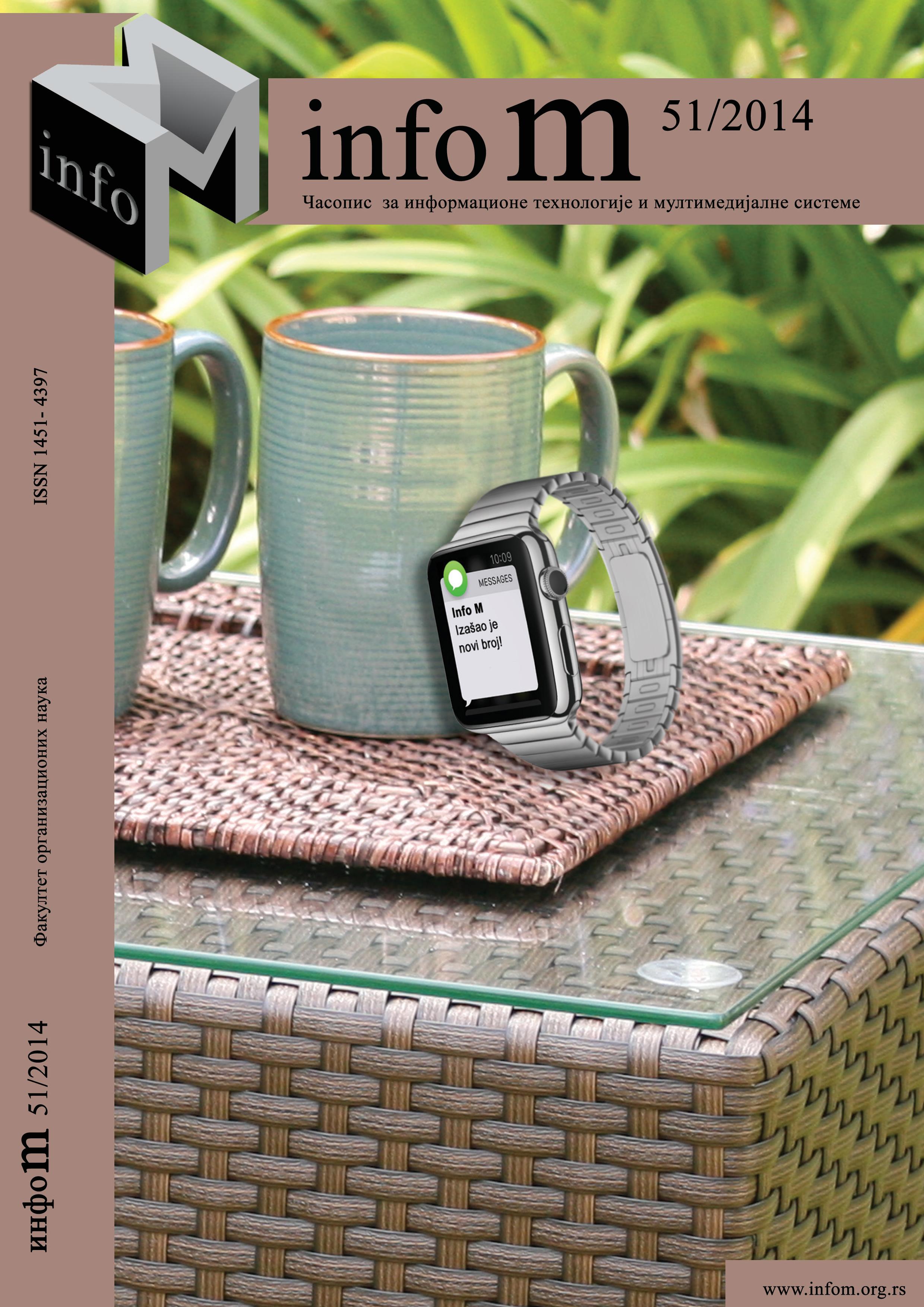OVERVIEW OF AN ELECTRONIC VOTING SCHEMES
Keywords:
e-government, e-voting, e-voting schemes, mix-net, homomorphism, Prêt-à-vote, biometrics, visual cryptography, PKI, smart cards


